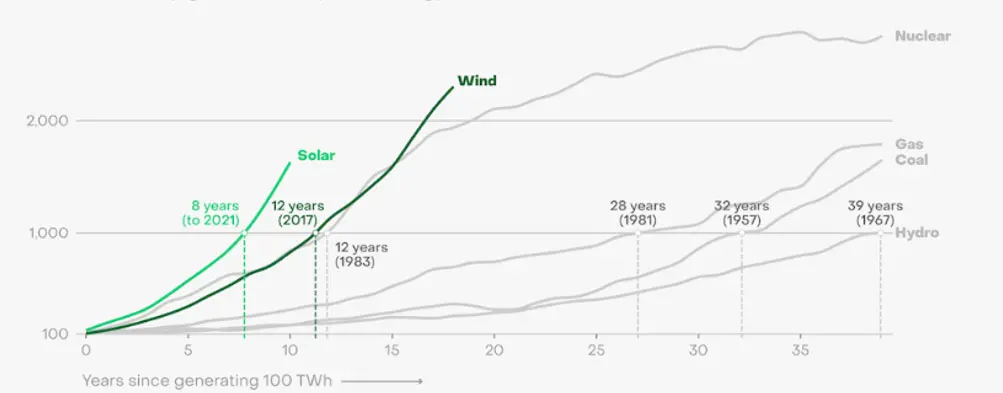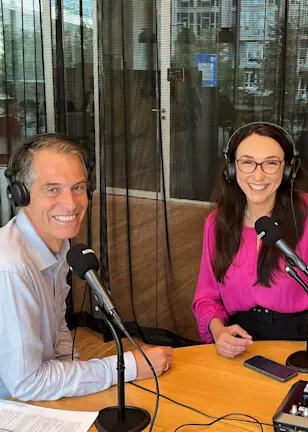Disclaimer
BY CLICKING ON “I AGREE”, I DECLARE I AM A WHOLESALE CLIENT AS DEFINED IN THE CORPORATIONS ACT 2001.
What is a Wholesale Client?
A person or entity is a “wholesale client” if they satisfy the requirements of section 761G of the Corporations Act.
This commonly includes a person or entity:
who holds an Australian Financial Services License
who has or controls at least $10 million (and may include funds held by an associate or under a trust that the person manages)
that is a body regulated by APRA other than a trustee of:
(i) a superannuation fund;
(ii) an approved deposit fund;
(iii) a pooled superannuation trust; or
(iv) a public sector superannuation scheme.
within the meaning of the Superannuation Industry (Supervision) Act 1993that is a body registered under the Financial Corporations Act 1974.
that is a trustee of:
(i) a superannuation fund; or
(ii) an approved deposit fund; or
(iii) a pooled superannuation trust; or
(iv) a public sector superannuation scheme
within the meaning of the Superannuation Industry (Supervision) Act 1993 and the fund, trust or scheme has net assets of at least $10 million.that is a listed entity or a related body corporate of a listed entity
that is an exempt public authority
that is a body corporate, or an unincorporated body, that:
(i) carries on a business of investment in financial products, interests in land or other investments; and
(ii) for those purposes, invests funds received (directly or indirectly) following an offer or invitation to the public, within the meaning of section 82 of the Corporations Act 2001, the terms of which provided for the funds subscribed to be invested for those purposes.that is a foreign entity which, if established or incorporated in Australia, would be covered by one of the preceding paragraphs.
Sustainable Investing
Sustainable technology
Sustainable technology is the application of industrial and digital solutions to enhance environmental, social, and governance (ESG) goals. It spans diverse fields, including solar panel construction, artificial intelligence in healthcare, fintech digitalization, and recycling initiatives.
The first sustainable technology was arguably the construction of dams in ancient times to retain water in areas where it was scarce. The oldest known is the Jawa Dam in what is now modern Jordan that was built in the 4th millennium BC to irrigate dry land and make it suitable for farming.1
The most modern use of sustainable technology could be said to be the use of artificial intelligence to detect cancers or other human ailments that cannot be found using standard data or scanning, along with satellites than can detect deforestation from space.
Wind and solar have scaled up faster than any other sources of electricity in history - Global electricity generation, by technology (TWh)

Source: Wind and solar generation data from Ember annual electricity data, nuclear, gas, coal and hydro generation data from Pinto et al. (2023).
This graphic is based on a chart by Nat Bullard https://www.nathanielbullard.com/presentations
Global electricity generation technology expansion by technology (TWh), showing the time it has taken for key technologies to grow from 100 TWh to 1,000 TWh. Source: Ember.
Addressing climate change through sustainable technology
Due to the urgency in needing to tackle advancing climate change, much of the focus on sustainable technology has been on its environmental and biodiversity applications. These include:
Solar and wind power, using photovoltaic panels and wind turbines the size of skyscrapers. Percentage of renewable energy globally. Wind and solar have expanded from 0.2% of the global electricity mix in 2000 to 13.4% in 2023, according to Ember.2
Green hydrogen, in which hydrogen is created through electrolysis using energy from renewable sources (otherwise there is no net gain) and is seen as an alternative fuel for heavy transport. The global green hydrogen market was valued at USD 7.7 billion in 2023 and is anticipated to grow by more than 40% a year from 2024 to 2032.3
Carbon capture and storage, through technology that grabs emissions from industrial processes before they can enter the atmosphere. It remains in its infancy, currently capturing only about 0.1% of global emissions a year.4
Spy-in-the-sky satellites, such as the European Space Agency’s Sentinel-1 satellite, launched in 2014 as part of the Copernicus scientific program, in orbit around the Earth which can spot deforestation in palm oil plantations and also spot oil spills.
Biotechnology and enzymes to improve the diets of farm animals such as cows and other livestock which generate so much methane from passing gas that they account for an estimated 11% of global emissions. 5
AI has applications in healthcare, education and science, including using machine learning for climate change mapping. The digitalization trend is particularly prominent in financial technology which is transforming payment systems and ecommerce. Touch payments such as putting bank cards on phones received a boost during Covid as it removed the need to hand cash. It does have a flipside, however, in that the data centers needed to process fintech are big users of energy.
Open your portfolio to the power of themes
For over 25 years, Robeco has been a pioneering leader in constructing thematic strategies.
Reducing resource use
The circular economy theme has been growing as the world gradually moves away from the take-make-waste model of extracting resources to produce goods that are then mostly discarded. The circular model focuses on technology that can aid recycling, extend product life and reduce wasteful packaging. New technologies include developing biodegradable plastics and longer-life batteries.
Sustainable technology for social use includes innovations such as ride-sharing platforms which encourage people to share taxis and embrace carpooling rather than make separate trips. Knowledge-sharing platforms can also assist in making workplaces more inclusive, or in cybersecurity that makes online transactions safer and cuts crime.
Applications in governance include technologies that strengthen business conduct and improve shareholder relations. The use of hybrid and virtual voting systems during Covid, when in-person gatherings were briefly banned due to social distancing, was an innovation that was kept after the pandemic was over.
Footnotes
1https://www.britannica.com/technology/dam-engineering
2https://www.carbonbrief.org/wind-and-solar-are-fastest-growing-electricity-sources-in-history/
3https://www.gminsights.com/industry-analysis/green-hydrogen-market
4https://www.statista.com/topics/4101/carbon-capture-and-storage/
5https://www.c2es.org/content/international-emissions/
















